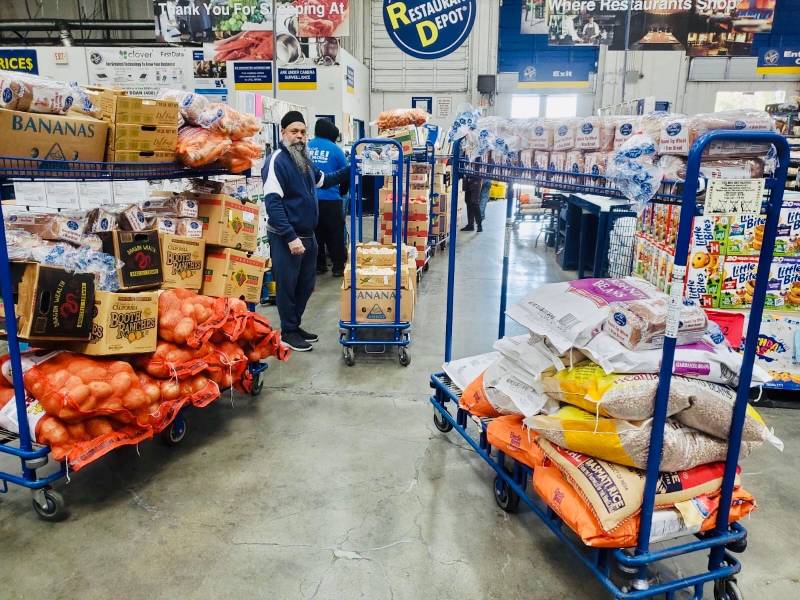For the past few weeks, as officials have sought to prevent large gatherings, religious congregations around the Bay Area have moved their services and communications online — using video apps like Zoom, YouTube and Facebook Live. The United Church of Christ, a national Protestant denomination, and other organizations have provided training and other resources for churches that are trying to begin livestreaming their services.
That effort at Bryan's church has been paying off, she said. On average, there are about 400 people in the St. Andrews congregation, but once she began recording her services using the Zoom video conferencing platform, she began noticing new names in the attendee log.
"We had actually quite a few people who are not members," Bryan said. "I got feedback from one person that it was her first time she had ever been in a church service."
Because so many religious communities have moved their services online, she explained, worshipers can now more easily either tune in to their own regular service or experiment with any number of other services streaming online.
"But then they said watching us was actually more comforting because there were familiar faces," Bryan said. "So, how can we keep that comfort and normalize community feel in a time that looks like, for at least the next few weeks, we're not going to be able to get together at all?"
For some, digital offerings from religious institutions during a time of uncertainty and isolation can't come fast enough. Kyle Matsumoto Burch, who lives in San Jose's Japantown neighborhood, regularly attends worship services at San Jose Buddhist Church Betsuin, located just a few blocks from his house.
"I [normally] walk to temple in the morning, usually when I hear the bell go off," Burch. "There's a bell that they ring outside and then I just go and attend the service."
Attending these services in person, Burch said, is what he misses most about having to shelter in place. And with newfound time and additional anxiety, Burch said he now watches multiple services a day.
"I started getting curious about what the Oregon Buddhist [Temple] was doing and what the Orange County Buddhist church was doing, so I watched all of them," Burch said. "So I ended up watching about three dharma talks."
